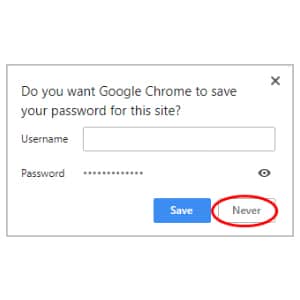Your smartphone can be the weakest link in your security and privacy when not protected properly. Smartphones store massive data, information, most of the accounts you use daily and to make it worse they access the internet. Using a VPN, antivirus software and other security mechanisms ensure your smartphone is secure.
Besides protecting your smartphones against internet threats, you also need to protect it against other offline threats such as theft or in case you misplace it and can’t find it. In this scenario, prevention is better than a cure – protecting your smartphone and its information if you ever misplace it or it gets stolen. Below are some tips to protect your smartphone before the inevitable happens;

Smartphones have various ways you can use to prevent unauthorized access to them and your data. They include pins, passwords, passcodes, and biometrics – fingerprint and FaceID. But most people simply choose not to use these locking mechanisms, and this makes their sensitive data such as contacts, SMS, emails and other accounts vulnerable in case they misplace their phone.

Saving passwords in your browser provides convenient and easy ways to access your accounts with a single tap. This is a bad idea and here is why. Even if you lock your smartphone, you probably don’t lock the browser. It’s even worse if you don’t have any locking mechanism and you save your passwords in the browser. If your device gets into malicious hands, most of your accounts will be compromised.

Las copias de seguridad te garantizan un plan de continuidad: en caso de que no puedas acceder a tus datos en un momento determinado, siempre podrás restaurarlos desde la copia de seguridad y continuar con lo que estés haciendo sin problemas. Además, en caso de que pierdas tu dispositivo, no tendrás que preocuparte por tus datos porque la copia de seguridad te cubrirá las espaldas. Esto es útil cuando realizas copias de seguridad con regularidad. Por lo general, los fabricantes de smartphones disponen de almacenamiento en la nube dedicado para la copia de seguridad de tu smartphone. Siempre puedes hacerlo manualmente y guardarlo en un lugar seguro.
Configurar la función de seguimiento
Smartphones usually come with a tracking feature that also offers remote protection and can lock your device. But it will be useless if it’s not configured. If you have never configured it, stop what you’re doing right now and go to settings and search ‘Find my Device/ Find my mobile.’ If your phone doesn’t have this feature, head over to the AppStore/Play Store and download it. Depending on your smartphone, this feature can also be used to unlock your smartphone in case you forget your password.
Qué hacer en caso de pérdida o robo del teléfono inteligente
Seguimiento
If you had configured the tracking feature and your smartphone gets stolen or misplaced, the first thing to do is track it. Tracking can be done on another phone or on the website. The tracking feature will give the last location of your device, and if the internet is on, you will get real-time information on where your device is. This information is vital as you can also give it to the authorities to help you recover it.
Bloquea o borra tu dispositivo a distancia
If the tracking information isn’t vital in retrieving your smartphone, you can use other options such as a lock or wipe. If you just misplaced your smartphone in the house, you can use the ring feature; your phone will ring at the loudest volume. Remote locking will deny anyone access to your smartphone while wiping will erase everything in your smartphone.
Notificar el siniestro al transportista/autoridades
While tracking it or perfuming other remote actions, it’s also a good idea to report the loss to your smartphone carrier and even more important to the police. Reporting will be helpful as it increases the recovery chances and also it puts you in clear waters if your smartphone is used to commit crimes. Also, if your device is insured, you can file a claim with your insurance company.



